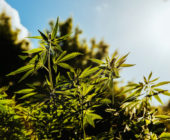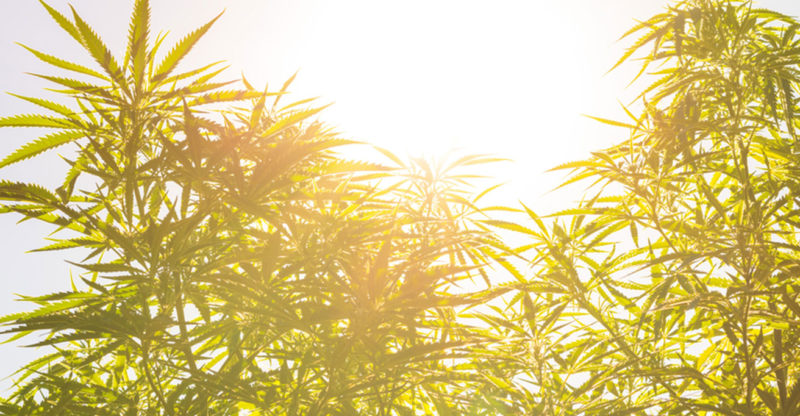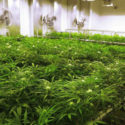Vineyard workers aren’t the only ones working ’round the clock to get the harvest in before the rains start. Throughout the North Coast, outdoor cannabis growers are scrambling to get every bud cut before cold, wet conditions do damage to their valuable cash crops.
With weather reports anticipating serious rain followed by warm weather, some growers tell Emerald Report that they’re working round the clock to beat conditions that could cause “bud rot” (similar to grape botrytis) and mildew, destroying crops and profits. The threat is compounded, according to several growers we talked to because warm weather and delayed rains have resulted in a bumper crop.
“Usually it rains about a month or two weeks earlier so I think everyone will have a larger crop than usual,” said Sonoma County grower, Ty. “This summer was great for the plants though, just the right climate,” he added.
“Honestly I really think that people should think of this rain as the end of the growing season unless you can totally cover your crop and the cover can be removed as soon as the rain stops. The later we get in the season, the more powdery mildew and other grapevine based pathogens in the air,” said Ty.
Plants hanging (shutterstock)
“With the weather forecast for a couple days of rain, it’s not worth risking my whole harvest to mold. This is what gets me through the year,” said Dan, another local grower.
There are no official numbers for the amount of cannabis harvested between Sonoma County and the Oregon border. Estimates put the total value somewhere between $500 million to $2 billion per year. Proponents of Proposition 64 predict the value of cannabis harvested in California at $6.6 billion by 2020, although those numbers fail to take into account the black market. Permitting and regulations outlined in Proposition 64 (allowing adult recreational use) could track the numbers more carefully, though a thriving black market will always make precise accounting nearly impossible.
So what’s a cannabis harvest all about? You might be surprised at the similarities between grapes and cannabis plants. We asked a local growers to explain it to us. Here’s a breakdown…
Trichomes (Shutterstock)
Sometime around April, cannabis seeds are sprouted and sexed (male plants do not create buds). In May or June, the individual plants are transplanted into the pots where they grow until harvest, which is around October. In general terms, the plant is ready to be harvested when the trichomes on the flower — a sticky substance that acts as a natural pest deterrent — turns from clear to milky. After that, the plant is chopped down, fan leaves are taken off and hung just like any other herb to dry in climate-controlled rooms for 7-10 days.
Here is where the trimmigrants (temporary workers who travel from town to town trimming marijuana flowers) or trim machines come in. The buds are plucked off the stalks by hand, the remaining leaves removed and the product manicured by hand or machine. What remains of the dried flowers are sealed in an airtight container for personal use or sold to the wholesale or black markets.
Just like any agricultural product, including wine grapes, cannabis has an optimal picking window and processing time. Too early and the flowers aren’t ready. Too late and growers face powdery mildew or botrytis.
“Botrytis is the same strain and the same issue,” said Tawny Logan, executive director of the Sonoma County Growers Alliance of the dreaded fungus. “We have the same season, and there’s a saying that where the wine grows well, so does the cannabis,” she added.
“For the next six months, you’re going to see a lot of the outdoor harvest on the market,” said Logan of the local cannabis, which is heading to medical dispensaries.
(Cannabis is still federally illegal and unless Prop. 64 passes in November, technically illegal to possess use unless you have a medical marijuana recommendation. Growers who talked to Emerald Report asked that we use their first names only to protect their identities.)








